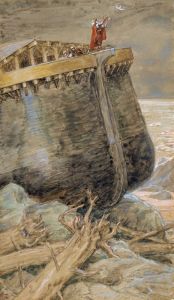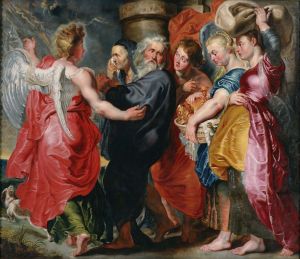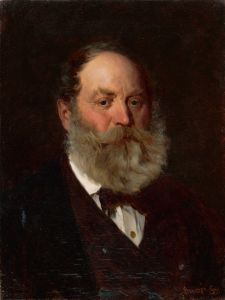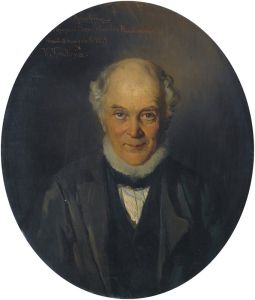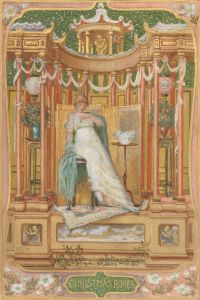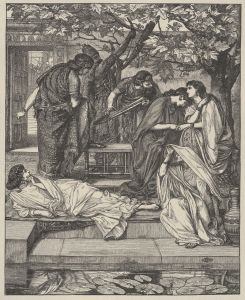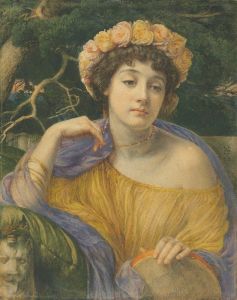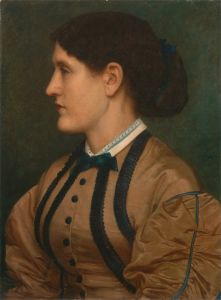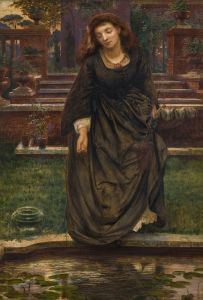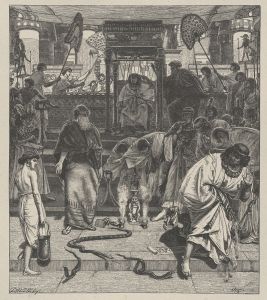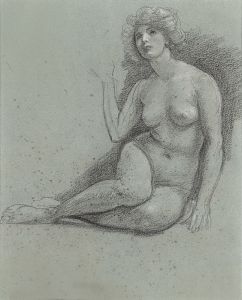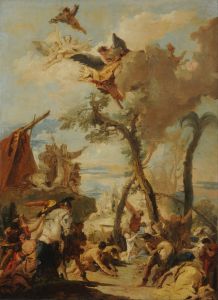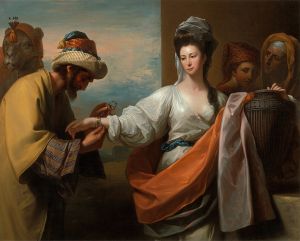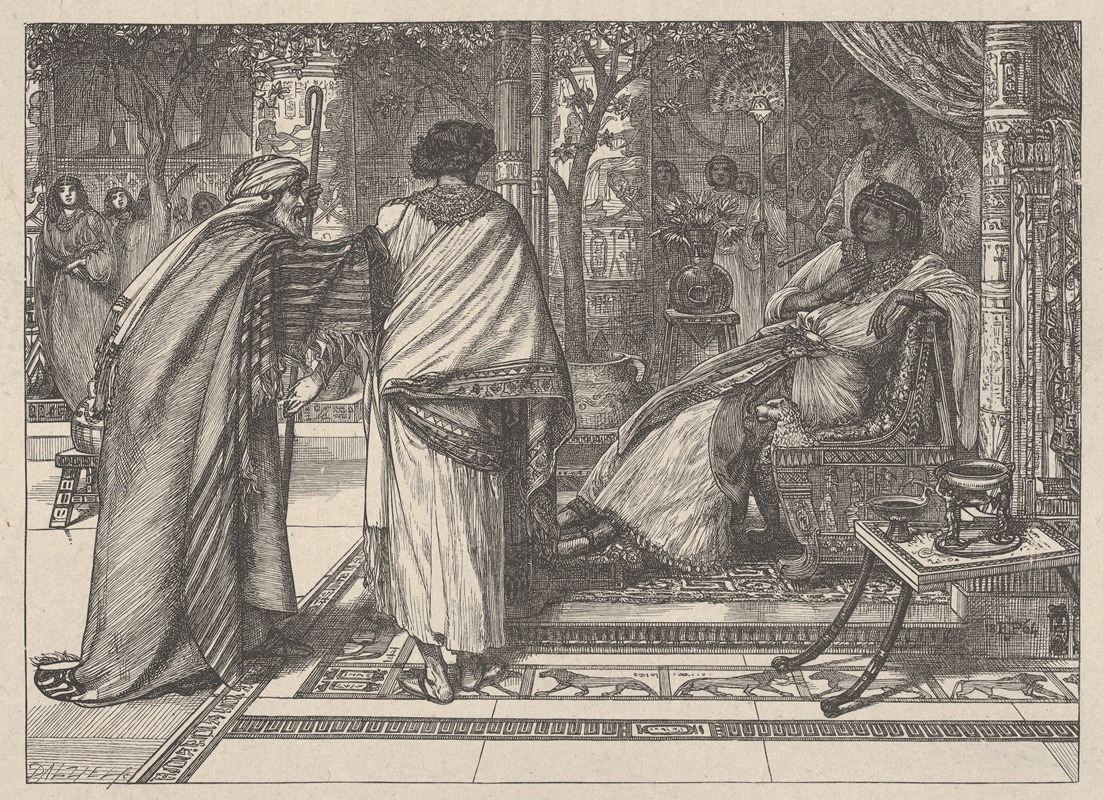
Joseph Presents His Father to Pharoah
A hand-painted replica of Edward John Poynter’s masterpiece Joseph Presents His Father to Pharoah, meticulously crafted by professional artists to capture the true essence of the original. Each piece is created with museum-quality canvas and rare mineral pigments, carefully painted by experienced artists with delicate brushstrokes and rich, layered colors to perfectly recreate the texture of the original artwork. Unlike machine-printed reproductions, this hand-painted version brings the painting to life, infused with the artist’s emotions and skill in every stroke. Whether for personal collection or home decoration, it instantly elevates the artistic atmosphere of any space.
Edward John Poynter's painting "Joseph Presents His Father to Pharaoh" is a notable work of art that captures a significant biblical event. Edward John Poynter (1836–1919) was a prominent English painter and designer, known for his historical and classical subjects. He was a key figure in the Victorian art scene and served as the President of the Royal Academy.
The painting depicts a scene from the Book of Genesis in the Hebrew Bible, where Joseph, who has risen to a position of power in Egypt, presents his father, Jacob, to Pharaoh. This event occurs after Joseph, sold into slavery by his brothers, interprets Pharaoh's dreams and is appointed as a high-ranking official in Egypt. During a time of famine, Joseph's family comes to Egypt seeking sustenance, leading to this poignant reunion and introduction.
Poynter's work is characterized by its attention to detail and historical accuracy, reflecting the Victorian fascination with biblical and historical themes. The painting likely showcases Poynter's skill in rendering figures and his interest in the cultural and architectural elements of ancient Egypt. His academic background and training at the Royal Academy would have influenced his approach to composition and technique, emphasizing realism and precision.
The composition of the painting would typically feature Joseph, dressed in Egyptian attire, presenting his elderly father, Jacob, to the Pharaoh, who is seated on a throne. The setting would be an opulent Egyptian palace, with intricate details that reflect the grandeur and power of the Pharaoh's court. Poynter's use of color, light, and shadow would enhance the drama and emotion of the scene, highlighting the contrast between the humble shepherd family and the splendor of the Egyptian monarchy.
Poynter's work often included elements that demonstrated his thorough research into historical and cultural contexts, and "Joseph Presents His Father to Pharaoh" would be no exception. The painting would serve not only as a visual representation of a biblical narrative but also as an exploration of themes such as family, forgiveness, and the intersection of different cultures.
While specific details about the painting's current location or its exhibition history might not be readily available, Poynter's works are generally held in high regard and are part of various public and private collections. His contributions to art and his role in the Victorian art world continue to be studied and appreciated by art historians and enthusiasts alike.
In summary, "Joseph Presents His Father to Pharaoh" by Edward John Poynter is a significant work that exemplifies the artist's skill in depicting historical and biblical themes with accuracy and emotional depth. Through this painting, Poynter captures a moment of familial reconciliation and cultural exchange, reflecting the broader Victorian interest in such narratives.





